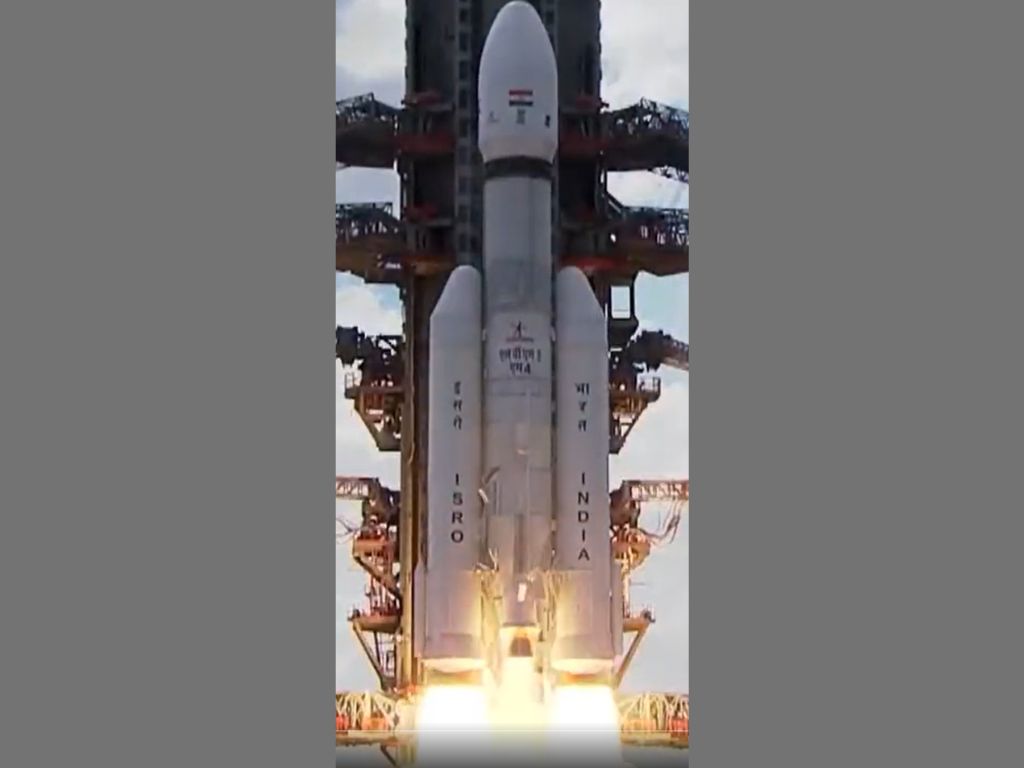- Wednesday, April 23, 2025
If successful, India’s third mission will make it the fourth country in the world to achieve a controlled landing on the moon after Russia, US and China.

By: Shubham Ghosh
INDIA’S much-awaited Chandrayaan-3 lunar mission on Friday (14) lifted off from Sriharikota in the southern state of Andhra Pradesh, generating much enthusiasm among space lovers, politicians and common man.
If successful, India’s third mission will make it the fourth country in the world to achieve a controlled landing on the moon, joining the exclusive league of Russia (former Soviet Union), US and China.
Modi extends wishes to Chandrayaan 3 from France: ‘Hopes and dreams of our nation’
LVM3 M4/Chandrayaan-3 Mission:
LVM3 M4 vehicle? successfully launched Chandrayaan-3?️ into orbit.— ISRO (@isro) July 14, 2023
The moon lander Vikram is perched on a Mark 3 heavy-lift launch vehicle — named the ‘Bahubali’ rocket.
Soaring pride of India! ?#Chandrayaan3 pic.twitter.com/tMB7AzHb83
— Ashwini Vaishnaw (@AshwiniVaishnaw) July 14, 2023
The journey from Earth to the moon for the spacecraft is estimated to take about a month’s time and the landing is expected on August 23, a week or so after India celebrates its 77th Independence Day.
Upon landing, the craft will operate for one lunar day, which is about 14 Earth days. One day on the moon is equal to two weeks on Earth.
The Chandrayaan-3 will have three major components — a lander, a rover and a propulsion model.
It will use the Orbiter from Chandrayaan-2 which still exists in the lunar atmosphere, NDTV reported.
The latest Chandrayaan mission comes four years after the previous attempt failed. On that occasion, the ground crew lost contact moments before its landing.
To avoid similar outcomes, the Indian Space Research Organisation has made a series of changes in the latest mission.
“The main lacuna in the last Chandrayaan-2 mission was that there were off-nominal conditions that were initiated in the system. Everything was not nominal. And the craft was not able to handle the off-nominal condition for a safe landing,” ISRO chief S Somnath was quoted as saying by NDTV in an exclusive interview.